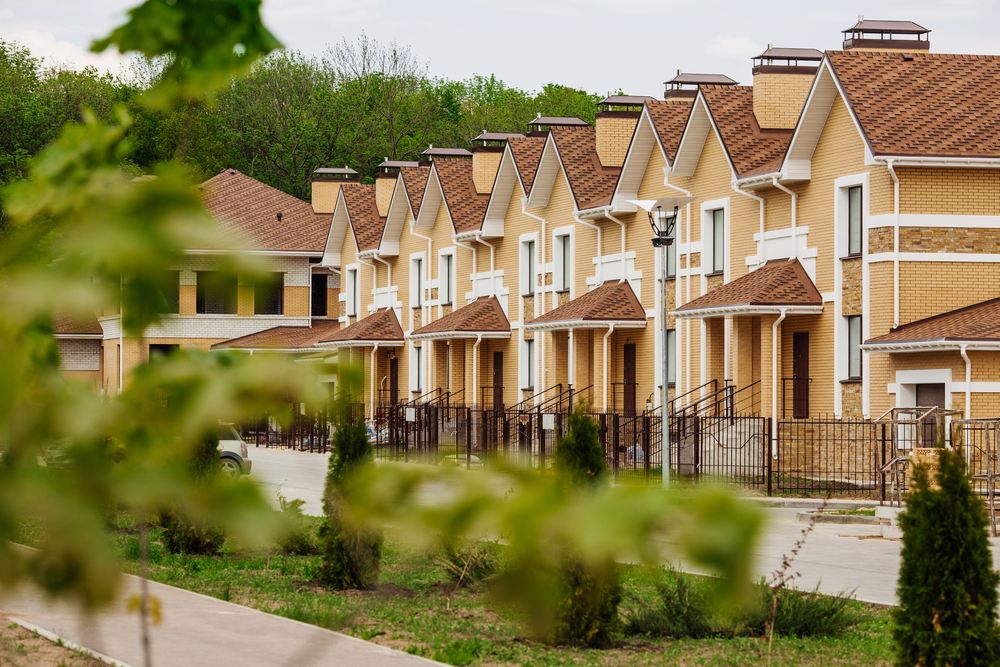
The number of UK residential transactions in April 2025 was 64,680, 28% lower than April 2024 and 64% lower than March 2025.
These are the latest numbers from the HMRC which points out that the figures were affected by the changes in Stamp Duty Land Tax Rates in England and Northern Ireland from the beginning of April 2025.
In its report the HMRC said: ‘The decrease in transactions for April follows increased transactions in March, probably brought forward to take advantage of the higher thresholds in March.’
Commenting on the HMRC data, Search Acumen managing director Andrew Lloyd said: “The long Easter break marked an end to the Stamp Duty holiday and the surge in transactional activity that kicked off the year.
“But across the market we are still seeing a strong appetite for deal flow and a demand for bricks and mortar that will continue to resonate throughout the upcoming months.
“Residential is only one part of the full picture. In commercial property, a combination of rental growth, yield impact turning positive, and looser credit constraints contributed to an impressive performance led by the retail sector.”
Saffron for Intermediaries national account manager Phil Lawford commented: “A slight dip in transactions during April is not unexpected as the market adjusted to the recent Stamp Duty changes.”
He added: “Despite the slower numbers, there are plenty of reasons to be optimistic. We’re heading into the typically busy summer period, and government reforms to support housebuilders offer a fresh hope for increasing supply and revitalising the market – making it simpler and quicker for SMEs to build homes – these reforms improve choice and affordability for buyers.”
Antony Roberts estate agency head of sales said that since the end of the stamp duty holiday, there had been stable transaction volumes reflecting the ongoing resilience of the housing market despite continued economic uncertainty.
“We’re seeing a flight to quality – buyers are more selective and price-sensitive but they’re still transacting where values align with lifestyle. It’s also clear that while high mortgage rates have cooled the market somewhat, demand remains underpinned by low supply in many areas.”
She added: “The key challenge ahead is affordability. Mortgage rates, higher stamp duty and for many the increased cost of private school fees is affecting many families who would like to move but are unable to.”



